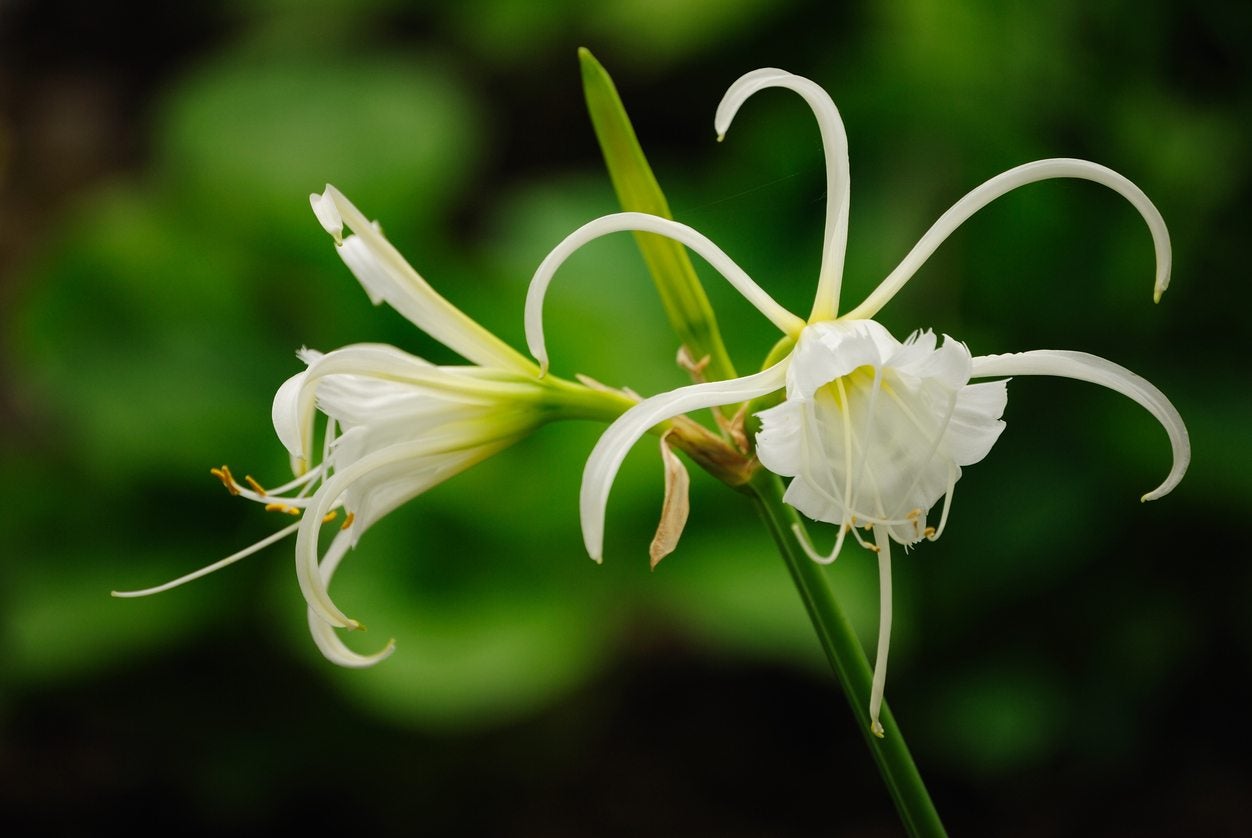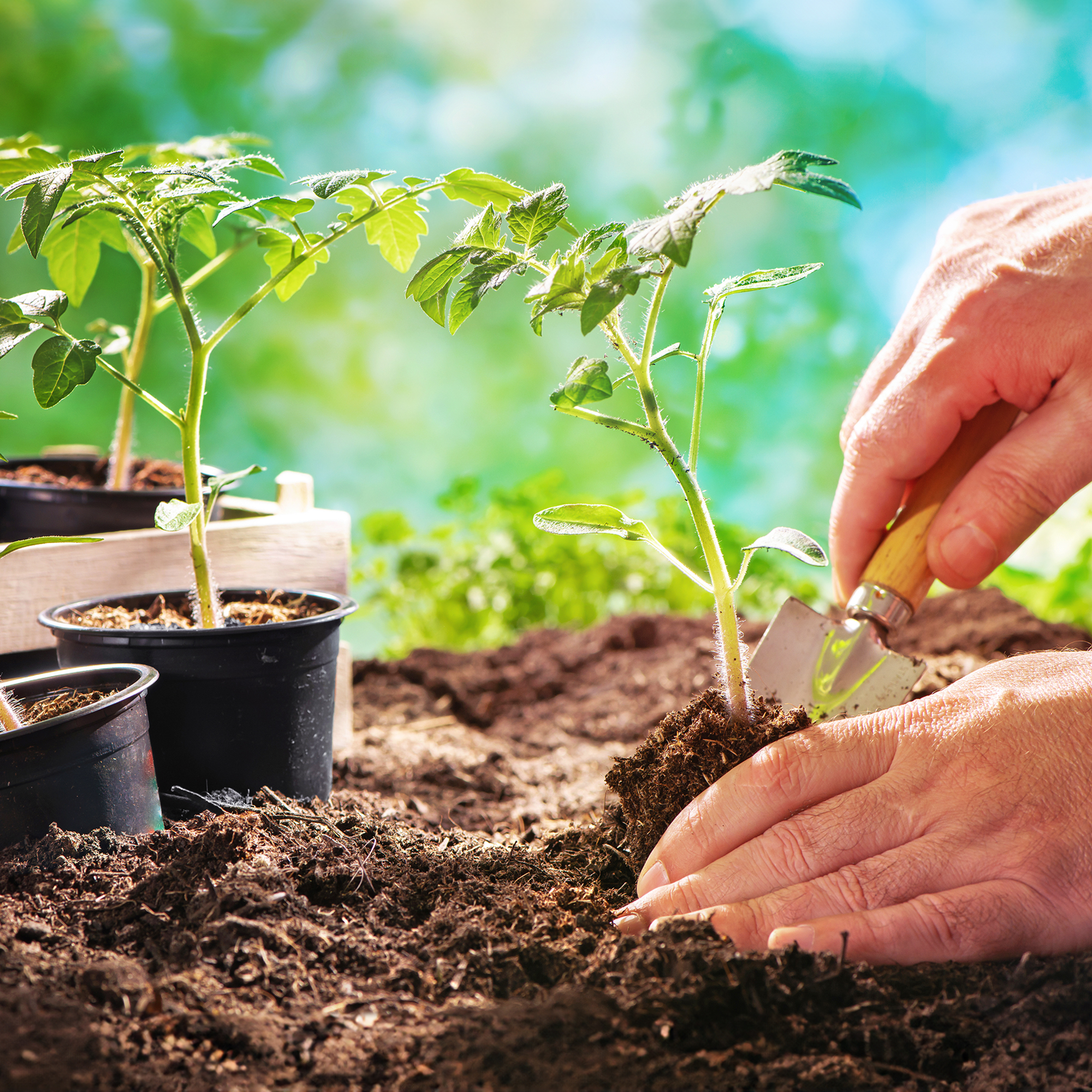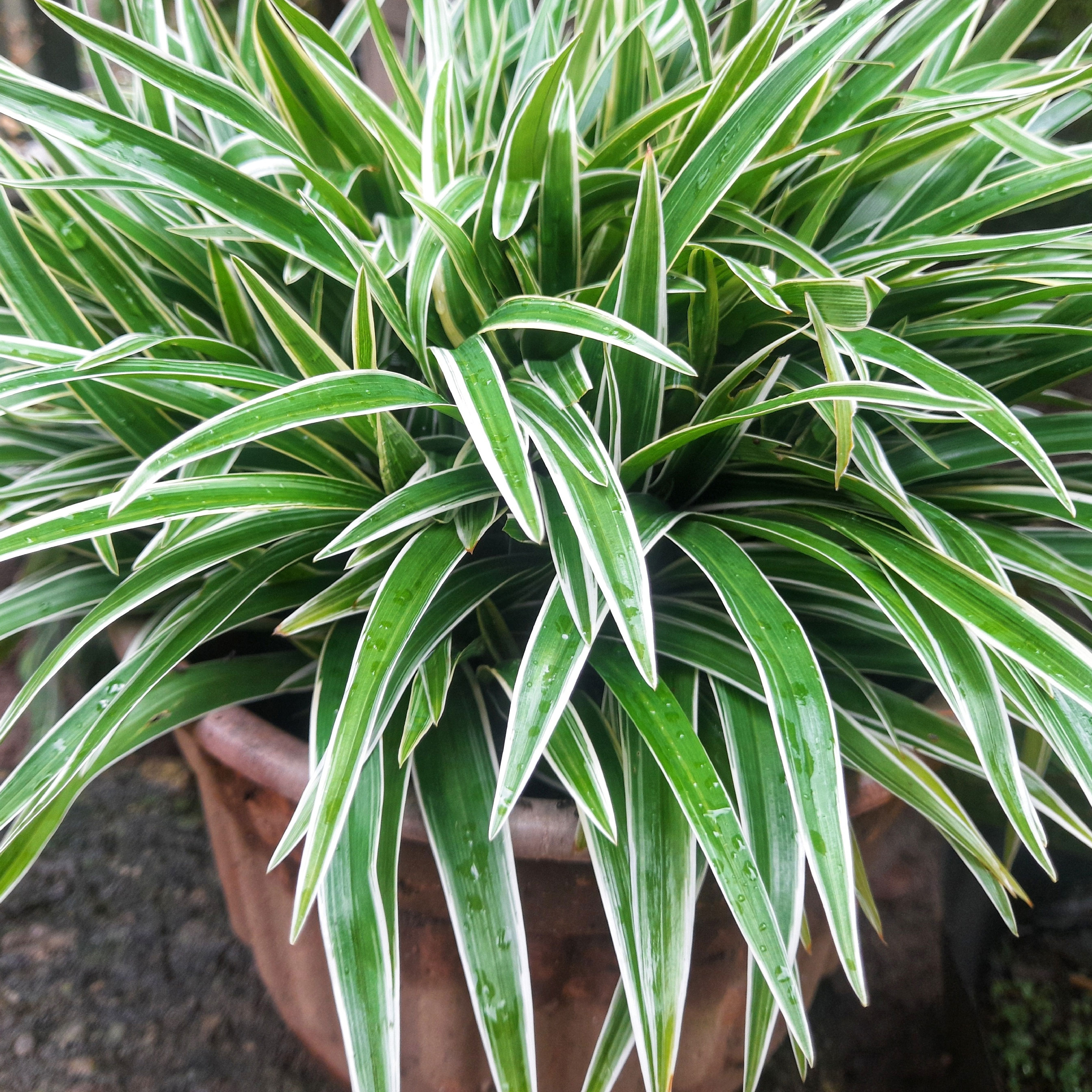Growing Peruvian Daffodils: How To Grow Peruvian Daffodil Plants

The Peruvian daffodil is a lovely perennial bulb that produces white petaled flowers with pale green to yellow interior markings. The flowers grow on stalks up to 2 feet (61 m.) tall.
What is a Peruvian Daffodil?
Hymenocallis narcissiflora is native to the Andes of Peru. It is not a true daffodil but is a member of the daffodil and amaryllis family, Amaryllidaceae, and its flowers resemble a “spidery” version of these flowers. The elongated, sometimes curved, petals have led to the plant’s alternate common names, “spider lily” and “basket flower.” The flowers have a pleasant fragrance and appear in early summer, with each plant producing two to five flower clusters. The long, dark green leaves last into the fall, then die back. There are also hybrid versions like Hymenocallis x festalis, which has even showier flowers with ribbon-like petals.
How to Grow Peruvian Daffodil
To grow healthy Peruvian daffodil plants, select a good planting site for the bulbs. They do well in partial shade or full sun, but not in full shade, and they appreciate moist but well-drained soil. Since they are early summer bloomers, growing Peruvian daffodils in beds alongside bulbs that bloom earlier in spring is a great idea. They can also be grown in containers. Each plant has a spread of 6 to 12 inches (15-31 cm.). In zones 8 to 11, where the bulbs are hardy, plant the bulbs in the fall. Place each bulb in the ground with the tip one inch (2.5 cm.) below the soil surface. In gardening zones 7 and colder, the bulbs should be dug up in fall and stored in a dry area for spring planting. The bulbs are poisonous, so ensure children and pets do not have access to them. Caring for Peruvian daffodils is simple. Water the bed weekly if rain does not keep the soil moist. This is especially important during the blooming period. The bulbs propagate themselves readily in the garden, producing offsets which can be separated in early spring. Fertilizer will encourage them to spread. Offsets should be separated and planted in a new location at least every five years because Peruvian daffodils won’t bloom well if they become overcrowded. Peruvian daffodil bulbs can be forced indoors to provide flowers in the winter. To do this, pot up the bulbs after two months of storage, give them water and light, and they should soon bloom again.
Gardening tips, videos, info and more delivered right to your inbox!
Sign up for the Gardening Know How newsletter today and receive a free copy of our e-book "How to Grow Delicious Tomatoes".
Ilana Goldowitz Jimenez is a scientific and agricultural writer with a B.S. in Plant Sciences from Cornell University and a PhD in Chemical Biology and Infectious Disease from Harvard University.
-
 Best Soil Tor Tomatoes: How To Cultivate The Perfect Blend & Add Amendments For A Bountiful Harvest
Best Soil Tor Tomatoes: How To Cultivate The Perfect Blend & Add Amendments For A Bountiful HarvestGive your tomato plants the foundation they need. Learn how to mix the ideal soil and choose the right amendments for your most abundant harvest yet.
By Amy Grant
-
 Want To Know How To Make A Spider Plant Bushier? 4 Secrets For Lush & Bushy Spiders
Want To Know How To Make A Spider Plant Bushier? 4 Secrets For Lush & Bushy SpidersAre you looking for ways to make your spider plant look bigger or more dramatic? Follow these quick and easy tips on how to make a spider plant bushier
By Teo Spengler